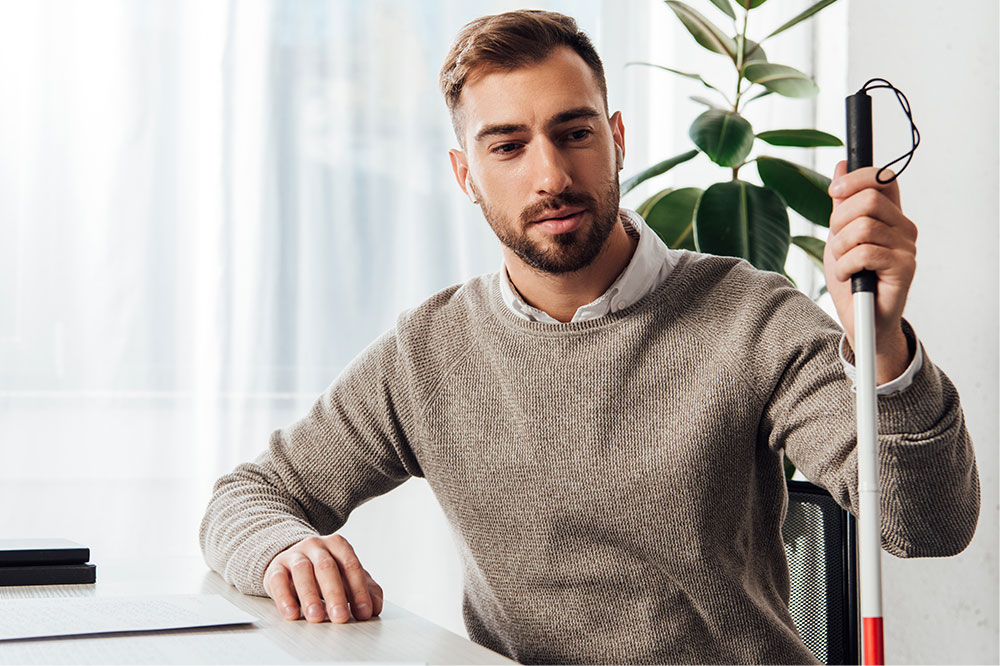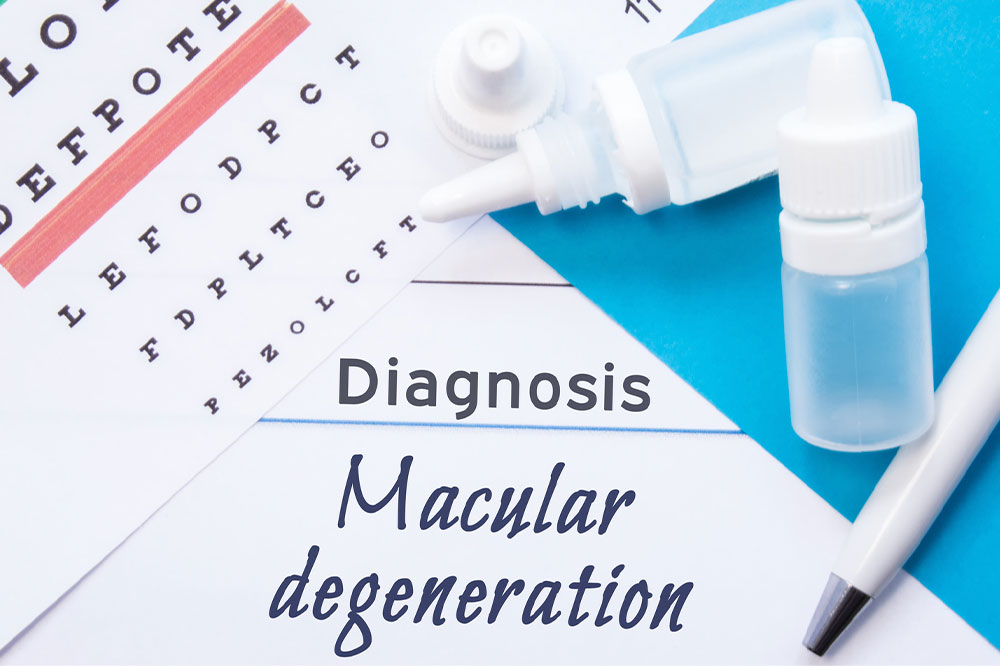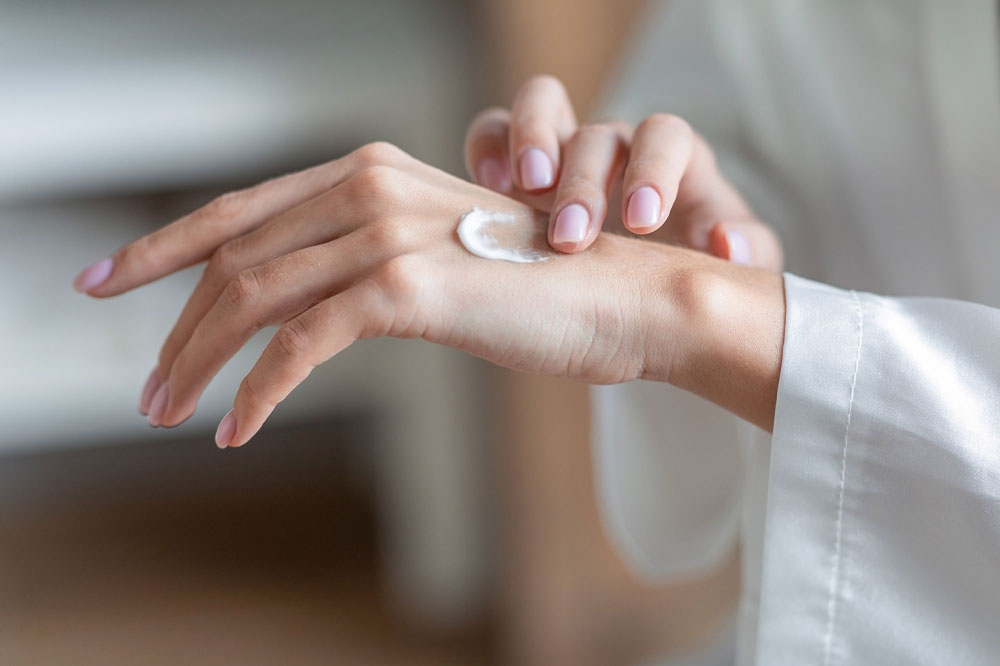7 tips for mastering the art of safe and skilled driving

Driving is an art that demands awareness, responsibility, and finesse. Whether you’re a new driver or a pro for years, there’s always room for improvement. Becoming a better driver is not only about avoiding accidents but also about creating a safer and more enjoyable driving experience for co-passengers and others on the road. From mastering driving strategies to understanding vehicle maintenance, here are tips and tricks to help you become a skilled, responsible, and courteous driver.
Correct driving position
To begin with, adjust your driver seat’s position when you sit in a vehicle. There is no harm in rechecking things, even in your old vehicle, especially if you had recently let someone else drive it. With a proper seating position, you will also have better control of the brake, speed pedals, and steering wheel. Make sure you comfortably reach the top and sides of the steering wheel. If you stretch your arms completely, you are not in the proper driving position. Bending your elbows slightly provides a better range of motion and the ability to react quickly if need be. Make sure the driver’s seat is giving comfortable support. Keep your back, thighs, and lumbar region rested and free to switch between the pedals. Slide the seat a little to the front if required.
Learn your mirrors
Mitigating blind spots and adjusting the rearview and side mirrors are essential to being a good driver. Some cars come with blind spot monitoring technology. Use the feature and the mirrors to your benefit. Some might help you eliminate most blind spots by correcting mirror adjustments. Your rearview mirror should be able to take care of your rear window when seated in the driver’s seat. The side-view mirrors will give you a proper view of the vehicles on the road behind you. It will not let the side of your car block your view. This is especially a useful tip if you are driving in a big city. Make sure the two are letting you have a slight overlap of the views. If a car is starting to move away from your rearview mirror and into your side mirror, know that it is trying to overtake your vehicle and make your decision accordingly. Adjust your speed and position to avoid any mishaps.
Maintain awareness
When you are in the car, you must be aware of the roads and situations around you. Constant observation and alertness will go a long way in making you a better driver. Keeping a mental note of the cars around you can come in handy in an emergency situation. These things can assist you in making a safer split-second decision. When pressed to make a decision, you might not have enough time to look around and make a decision. Stay away from trucks where their tie-down strategy makes you question things. Notice a car around you with wobbly tires? Or a truck with a tire that is worn out? In such situations, you must be prepared to have an exit strategy in mind if things go south.
Keep your distance
Following other cars closely on the road is a sure way of getting into the risk of ending up in an accident. Plus, if you are the one driving too close, you are more likely to be considered at fault in the situation. The shorter distance robs you of crucial time to brake, react, or stop. This might even compromise your visibility of the way ahead. Driving closer to the vehicle in front of you will not help you reach your destination early, so maintain the appropriate distance of several car lengths. This will also ensure that you and the drivers around you can easily change lanes without getting into any trouble.
Be aware of lane changes
This is where your driving practice will come in handy. The better your experience, the better you will be able to anticipate the signals your fellow drivers give you. It might be easier for you to pick up on these clues making it easier to position your vehicle accordingly. This is also, at times, known as defensive driving. If you watch a car trying to switch in your lane, keep an eye out for any sudden lane changes or movements they might be planning on making. Your side mirrors and that of other drivers will also give you an idea of the driving judgment. Side mirrors are a great option to check the hand positions on the steering wheel. These factors are based on individual judgment, efficiency, and situations.
Learn the car
Make sure you are familiar with the vehicle you are driving. Learning and understanding how it handles different terrains and climate conditions can help map out your trips accordingly. In addition, knowing how the vehicle behaves close to its limits will assist you in better dealing with unfortunate mishaps. Check how hard you will need to break. Find out when the car tires start to lose their grip or the body roll to expect. Your car’s nimbleness will help you better navigate traffics and long-standing trips.
Stay updated on maintenance
Your car has numerous critical components that make up its complete form. They include brakes, wheel bearings, suspension, tires, batteries, and more. All these parts and wares come with their maintenance requirements and periods. It is crucial that you keep up with the recommended maintenance visits as suggested by the car company and the dealer. You can also locate the necessary information in your car’s user manual. Some car manufacturers also have references for severe car usage. If you notice some parts need more frequent checks and corrections, please refer to this schedule and speak to your mechanic about it.






